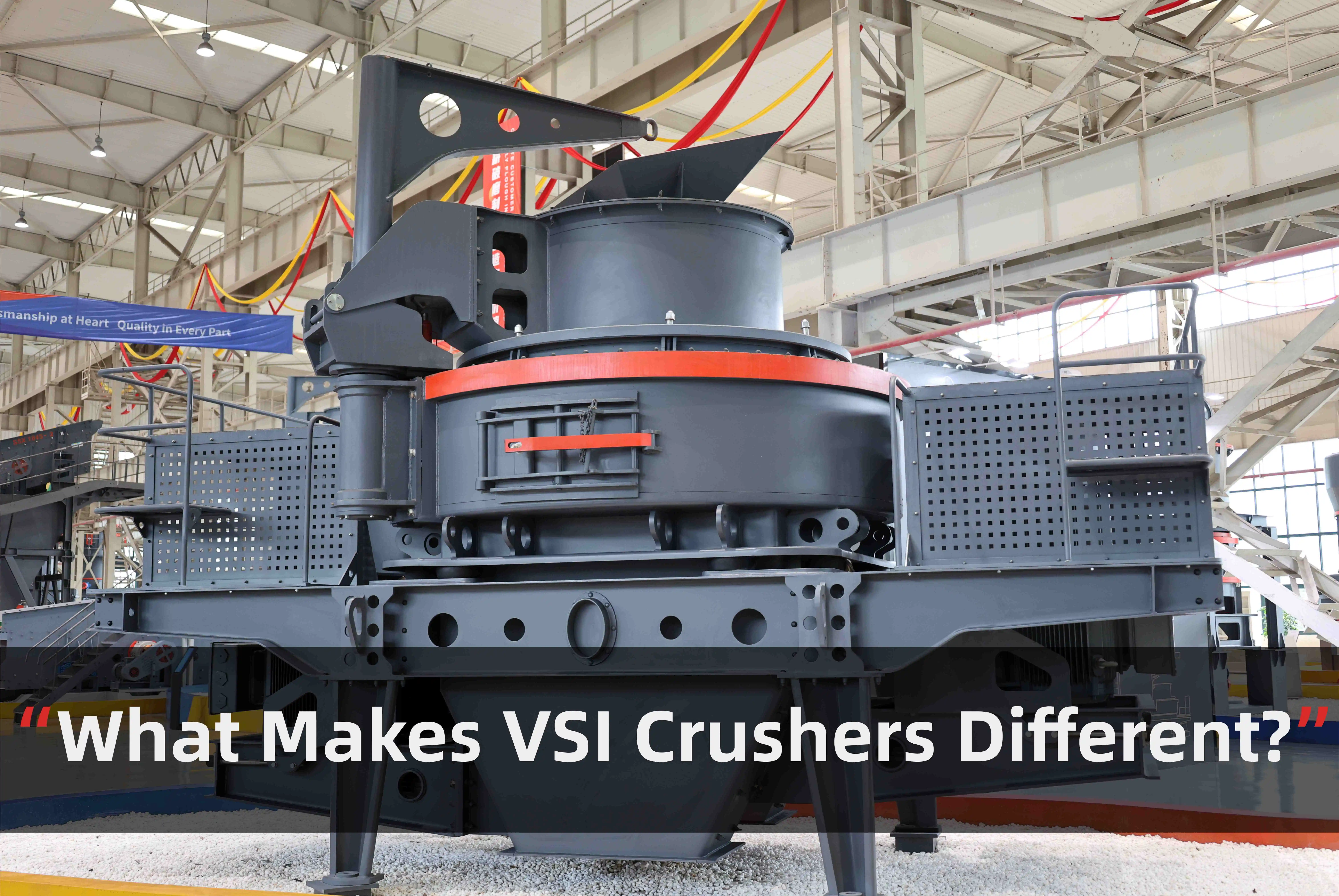
A Vertical Shaft Impact Crusher, commonly known as a VSI crusher, is a specialized machine used in the production of fine aggregates and sand. Unlike traditional compression-based crushers, VSI crushers utilize high-speed rotors and impact mechanisms to break materials down into smaller, precisely shaped particles.
The working principle of a VSI crusher involves feeding material into a high-speed rotor that propels the material outward at high velocity. This material then strikes fixed anvils or other particles in a rock-on-rock or rock-on-steel configuration, causing it to fracture and break apart. The internal structure of the VSI includes components such as the rotor, feed tube, anvils, and the crushing chamber, all of which work together to produce finely graded output.
The main components of a VSI crusher are critical to its performance. The rotor and associated wear parts handle the direct impact forces and must be durable to withstand constant use. The feed system ensures a consistent flow of material into the rotor. The crushing chamber shapes the material during impact, while the discharge mechanism removes the finished product from the machine efficiently.
VSI crushers are widely used in applications such as producing sand for construction, shaping aggregates for asphalt or concrete, and recycling hard materials like slag, glass, and cement clinker. Their ability to produce uniformly shaped particles makes them ideal for high-specification projects.
Compared to other types of crushers, VSI crushers offer several distinct advantages. They deliver better particle shape, especially for fine aggregates, and have a higher output of finely crushed material. In specific cases, they also demonstrate improved energy efficiency and reduced wear when processing suitable materials.
Material suitability is an important factor in VSI performance. These crushers work best with medium-hard, dry, and non-abrasive materials. Hardness, moisture content, and input size must all be considered to ensure optimal performance and minimal wear.
Despite their advantages, VSI crushers are not suitable for all situations. They may not be ideal for very hard or highly abrasive materials without special configuration. Additionally, they are sometimes confused with horizontal shaft impact (HSI) crushers, which operate on different mechanical principles.
Choosing the right VSI crusher involves evaluating several key factors, including required production capacity, material characteristics, feed size, and desired final product shape. Proper matching of these elements ensures efficient operation and better product results.
Regular maintenance is essential to keep a VSI crusher operating at peak performance. This includes timely replacement of wear parts such as rotor tips and anvils, monitoring for rotor imbalance or unusual vibrations, and maintaining proper lubrication levels.
Understanding how a Vertical Shaft Impact Crusher works and what makes it unique allows users to make informed decisions when selecting equipment for their crushing and sand-making operations. It remains a vital tool in modern material processing industries due to its efficiency, versatility, and ability to produce high-quality output.